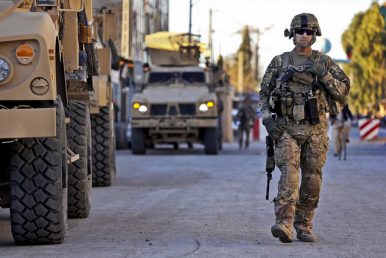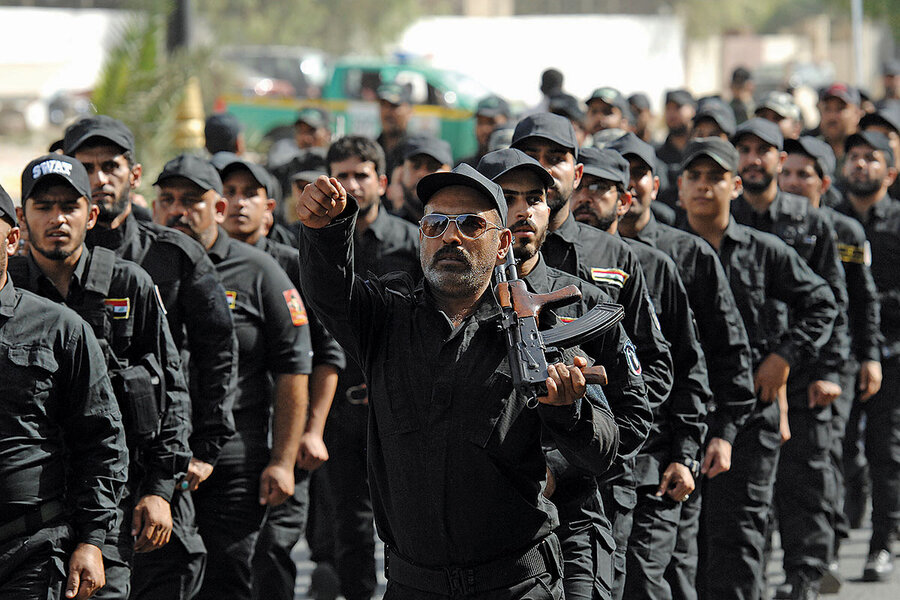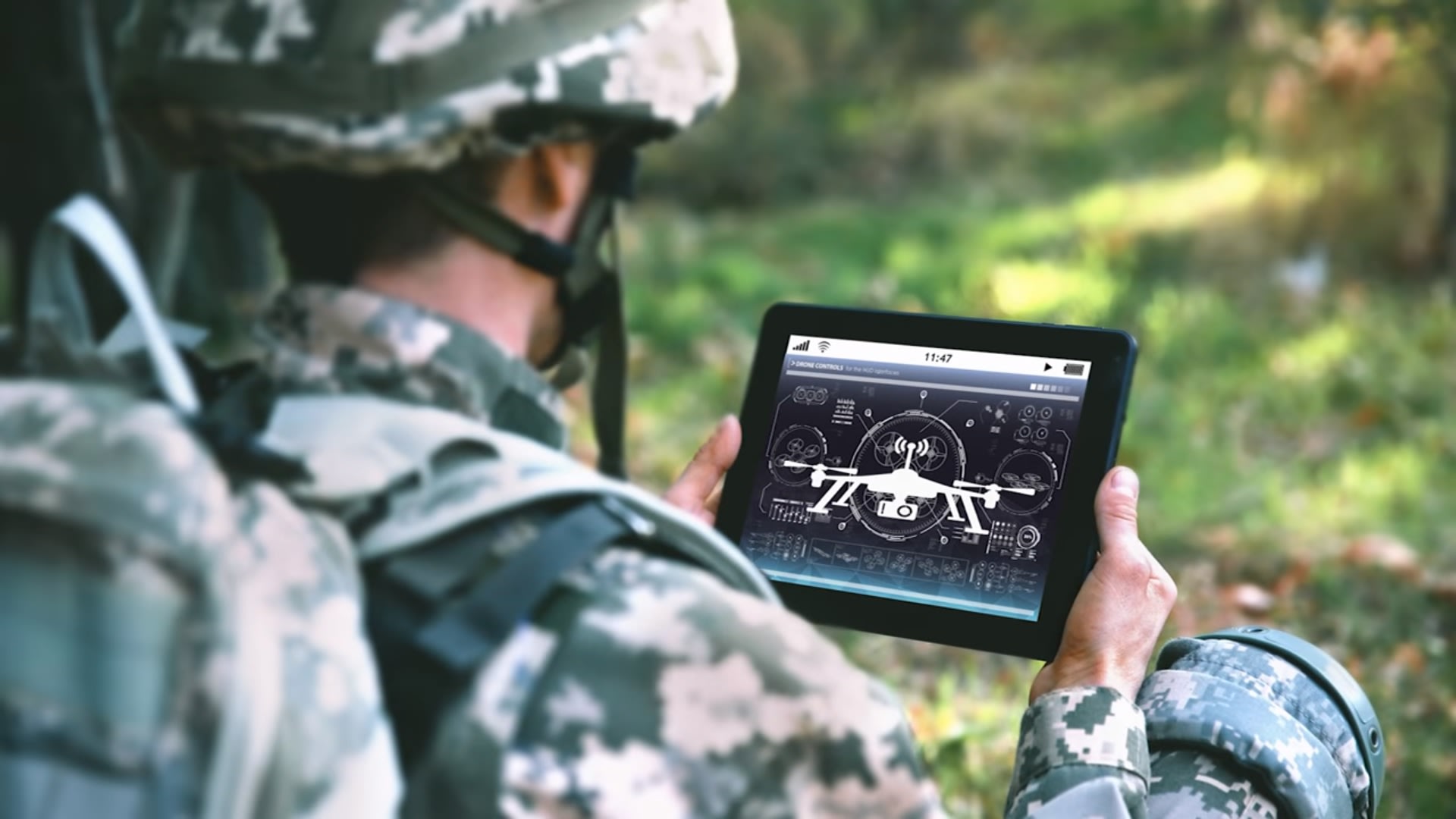 India has topped the list of people living abroad at 17 million with about 5 million Indians residing in the Gulf region alone, according to a new UN report.
India has topped the list of people living abroad at 17 million with about 5 million Indians residing in the Gulf region alone, according to a new UN report.
Mexico, Russia, China, Bangladesh, Syria, Pakistan and Ukraine also have large migrant populations living abroad, ranging from 6 to 11 million each, according to the 2017 International Migration Report released here.
In 2017, India was the largest country of origin of international migrants at 17 million, followed by Mexico at 13 million.














/arc-anglerfish-arc2-prod-mco.s3.amazonaws.com/public/6HI2XPVTQZF2ZOFR6ATUXYHH7Y.jpg)
/arc-anglerfish-arc2-prod-mco.s3.amazonaws.com/public/RZTS2BIN5BB6HKO66EVZU5LZDE.jpg)
/arc-anglerfish-arc2-prod-mco.s3.amazonaws.com/public/TQ5YZP6F75FC3HOWRNT75LBMGE.jpg)
